At the heart of every brand story is conflict, but how you handle it can determine the life or death of your organization
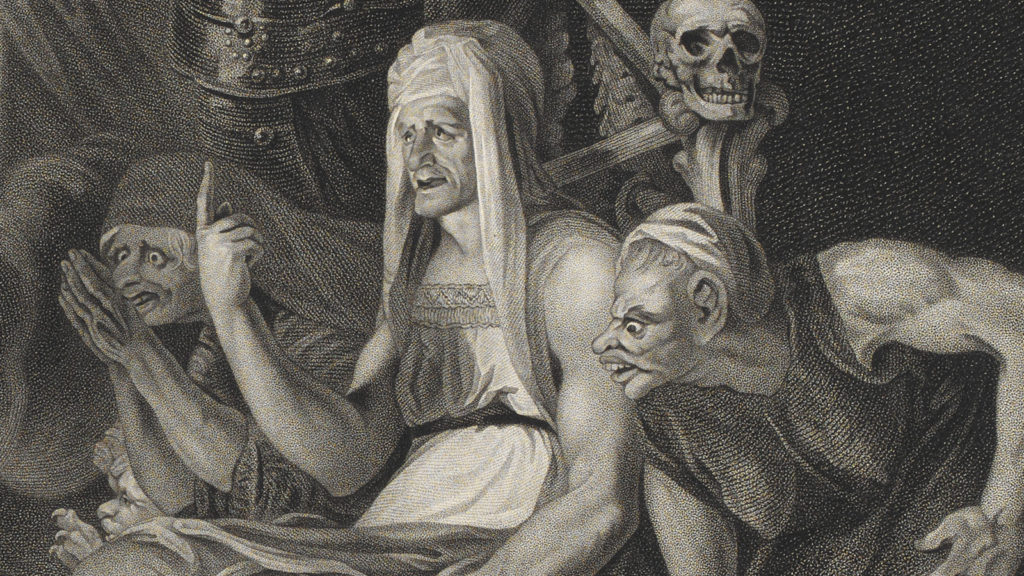
The Three Witches from Shakespeare’s Macbeth: Courtesy of Creative Commons
“Double, double toil and trouble; fire burn, and caldron bubble,” incanted the witches in Shakespeare’s Macbeth. The epicenter of every tantalizing tale is human struggle, tension and turmoil. But conflict doesn’t poison the pot, it propels the plot.
Story tension is essential for brand survival. Because when your customers confront and overcome their challenges with the aid of your product or service, your customer engagement is transformed into something special.
Yet, brands need to embrace their own trials and tribulations first before they can authentically help anyone else.
When brands own up to their challenges, customers appreciate their honesty, which creates empathy. A brand story without conflict is not a truthful reflection of life, and its plot will hold little meaning for your audiences. For example…
“Once upon a time, a dashing young prince fell in love with a beautiful princess, and they lived happily ever after.”
Feel the cavity? No, it’s not the toothache from the sweetness. What you’re feeling is the void left in your gut for lack of conflict.
We think, “So, what? Why should I care?”. But what happens when I add, “…they lived happily ever after until the abduction!”? Your brain immediately snaps to attention.
“Abduction? What abduction? Who got abducted, and why?”
Now, you want to know what happens next, all thanks to our annoying little friend: Conflict.
Unfortunately, most brands, businesses, and boardrooms want to look like the dashing young prince who does little wrong. And they want to communicate that all is well even when everyone in the kingdom – from their employees to their customers to their shareholders – knows it’s not. Stakeholders in your brand will not gloss over challenges with your product or service. They demand and deserve honest and authentic engagement.
Everyone knows that life doesn’t deliver the goods effortlessly, so we should be honest in how we portray that reality in our brand stories. Robert McKee stated in this Harvard Business Review article, Storytelling that Moves People,
“You emphatically do not want to tell a beginning-to-end tale describing how results meet expectations. This is boring and banal. Instead, you want to display the struggle between expectation and reality in all its nastiness.”
How to Avoid Disaster With Your Brand Story
Jack in the Box and Domino’s Pizza created opposite narratives to deal with the nastiness that confronted their brands. One tried to deflect a controversy in their journey to protect its brand, while the second chose to embrace its challenges honestly to win over customers and strengthen its offering.

Let’s begin back in my home state of Washington. As you may recall, in 1993 an E. coli outbreak gripped the Seattle area, Jack in the Box appeared to be the culprit. The Washington State Health Department alerted Robert Nugent, president of Jack in the Box, that the E. coli outbreak was partly attributed to hamburgers purchased in their restaurants. Within one month, three children had died, and nearly four hundred people were infected in Washington State, Idaho, and Nevada.
According to a crisis communications case study from the School of Communications at Oklahoma State University, Jack in the Box used many communication strategies in an attempt to distance itself from full culpability for the E. coli crisis. Although all signs pointed to “Jack” as the source of the E. coli, they said that not all of the people infected had eaten at their restaurants and that food suppliers and the State health officials were partly to blame.
While Jack in the Box was pointing their fingers at everyone else, the entire nation began wagging their fingers at Jack. The restaurant giant had projected losses of $20 and $30 million by March 24, 1993 resulting from the E. coli crisis and how they handled its resulting narrative.
From the University of Oklahoma report:
“Although Foodmaker (Jack in the Box’s parent company) continued to be in the news for years following the crisis — every time E. coli came up the whole Jack in the Box story would resurface — the company survived. By referring reporters to articles regarding Foodmaker’s food-safety innovations, the company regained credibility. In 1994, they instituted the fast-food industry’s first comprehensive food-safety program, the Hazard Analysis & Critical Control Points system. Today, they are considered the leader in food safety in the fast-food industry (Liddle, 1997) and they are the country’s fifth-largest burger chain (Goff, 1999).”
Had Jack in the Box owned its conflict and taken significant, immediate steps to resolve the problem, chances are its customers would have responded in a more positive and understanding way. It took them a while, but in the end, Jack in the Box’s crisis created a stronger brand given its leadership in food safety. However, that leadership position – the perceived goodwill in the consumer’s mind – could have been created much sooner had they owned more responsibility for the crisis.
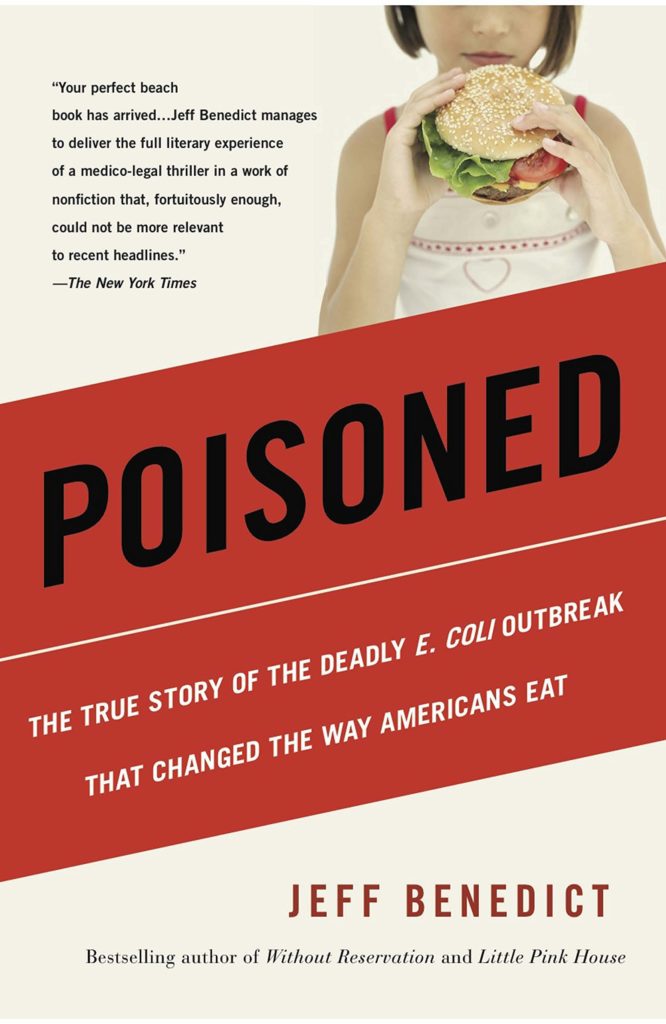
The story scaled through Jeff Benedict’s 2011 book, Poisoned: The True Story of the Deadly E. coli Outbreak that Changed the Way Americans Eat.
I participated in an in-depth “outrage management” session with one of our clients directed by an expert in crisis communications, Dr. Peter Sandman. For more than forty years, Dr. Sandman has been working with companies around the globe in risk communications, helping them manage and overcome self-imposed catastrophes of all shapes and sizes. His website at psandman.com is a treasure trove of free information for companies to help them navigate their Road of Trials.
“The problem is that the public doesn’t realize that corporate stupidity is far more common than corporate evil. I didn’t realize it either, until I left academia and started working as a consultant. My clients, I learned, rarely twirl their mustaches while tying maidens to railroad tracks … but they do commit some incredible blunders!
But claiming stupidity aggressively is hard on corporate self-esteem. Unable to make themselves say the words, companies often fall back on less compelling explanations – it wasn’t really so bad; we’re the victim; we were unlucky; etc. When these defenses fail, as they usually do, the public ends up concluding that corporate evil is the best explanation. That conclusion is devastating to the bottom line – but it is paradoxically less devastating to the self-esteem of corporate managers than the alternative, stupidity. Maybe you can shrug off the public’s indictment of intentional misbehavior because you know you didn’t do it on purpose; stupidity, the truth, is harder to shrug off.”
Jack in the Box is a good example of a company foregoing the “stupidity defense” for a much more damning, “It wasn’t our fault, really!” defense. They didn’t own their blunder until it was too late. Stories scale. Especially anti-stories. Food Safety News marked the 25th anniversary of the E-coli outbreak in their December 2017 issue.
How Domino’s Pizza Overcame an Anti-Story With a Better Brand Story
Now let’s take a look at Domino’s Pizza and how they responded to their own crisis. It wasn’t a literal life or death scenario like Jack in the Box, but it could have led to the demise of the international chain. Domino’s crisis was the figurative poisoning of customer sentiment and the perception of poor quality of its core product. It doesn’t get much worse than when your customers describe your pizza crust as “tasting like cardboard.”
What began in 1960 as a single pizza delivery store in Ypsilanti, Michigan, officially became Domino’s in 1965. Domino’s unique buying proposition was, “You get fresh, hot pizza delivered to your door in 30 minutes or less or it’s free.” The brand enjoyed tremendous growth, and by 2000 had 6,598 outlets worldwide generating $3.4 billion in sales. As the company neared 2009, they started asking their customers what they thought of its pizza. Comments included, “The sauce tastes like ketchup,” “The worst excuse for pizza I’ve ever had,” and, “Totally void of flavor.”
Domino’s didn’t run from the criticism, nor did they make excuses. Rather, the company listened to its customers’ concerns and embraced the challenge to create a better pizza. They created a short documentary for their website, PizzaTurnAround.com that chronicled their problem and how they pulled together as a company to fix it.
They even had the meatballs to create an entire media campaign around the new recipe in TV commercials that was a mea culpa for its complacency with the original pizza recipe. In the end, the way Domino’s handled the truth with its conflict and struggle around delivering a “boring pizza” reinvigorated what was a stale brand.
Domino’s hard work to overcome its core product challenges appears to have been successful. In taste tests, it routinely outperforms its chief competitors, including Pizza Hut and Papa Johns.
What I like most about the Domino’s story is that they fought their demons in front of everyone and documented the journey. Even when the sardonic comedian Stephen Colbert did a four-minute segment on his past Comedy Central show, “The Colbert Report,” that was hilarious.
Domino’s featured a link to the send-up on its website. They had the guts and self-confidence to laugh with Colbert while he had the country laughing at them. That’s brand honesty and courage.
Brand Conflict Bites!
Conflict is like rattlesnakes: the big ones you trip across in the Arizona desert (typically while looking for my golf ball) scare the bejesus out of you, while the smaller ones are less startling but can be even more venomous.
I’ve taken you from the life-altering struggle with the Jack in the Box E. coli crisis, to a less significant but still damaging Domino’s core product catastrophe. I revealed how each company chose to handle its conflict, and showed you how its brand benefitted or struggled as a result. What I learned from these two brand stories is that strengthening a brand seems to take more courage than simply protecting one.
Your brand stories become more powerful with the truthful handling of conflict and resolution, which leads to character arch and transformation. All humans innately, subconsciously recognize this primal story structure of conflict, resolution, and transformation because it mirrors actual events in our lives.
As Dr. Sandman pointed out, our natural inclination is to disregard the conflict we create in our journeys so we can save face. Therefore, as you are telling your compelling brand stories, it is imperative to anticipate and appreciate the turmoil that your customer may experience when they are using your product or service, especially for the first time.
As their mentor, you must help them through their struggles. As in every epic tale, the journey will get more difficult before it gets better.
Consider your own buying experience. Did you ever fawn over a purchase only to be confronted with:
- Buyer’s remorse
- Can’t get the friggin’ package open
- Missing part
- Doesn’t meet expectations
- Hate these instructions
- The color is a little off
- Waning excitement
- Can’t understand the dude in Customer Service
- Cumbersome and expensive returns
CONFLICT!
For Macbeth’s witches, the ingredients in their potion included eye of newt and toe of frog, wool of bat and tongue of dog, adder’s fork and blind-worm’s sting, lizard’s leg and owlet’s wing, for a charm of powerful trouble, like a hell-broth boil and bubble. The potion represents the turmoil found in Macbeth’s soul, which I might argue all brands wrestle with. The witches intend to use this potion to prey on his human frailties and push him to destruction.
How well does your brand confront its turmoil, embrace its conflict, and encourage your customers to do the same? And how well do you take your customers by the hand and lead them through the forest of engagement?
How your brand responds to the conflict in its journey determines if your story ends in tragedy or triumph.

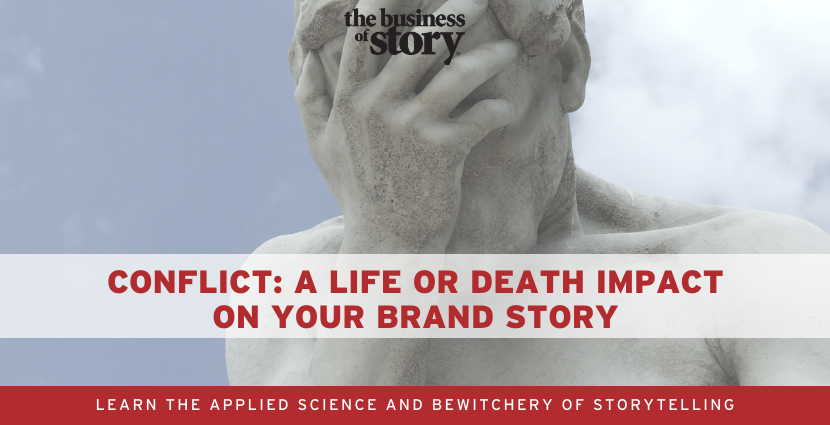

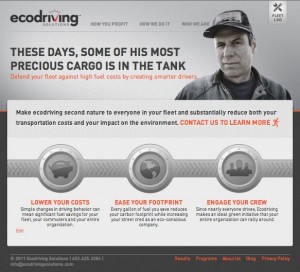


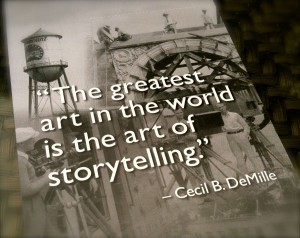





at 11:37 am
[…] great stories involve conflict and resolution. It’s what keeps butts in seats at movie theaters. Use conflict, change, honesty, and reality to your advantage when talking to […]